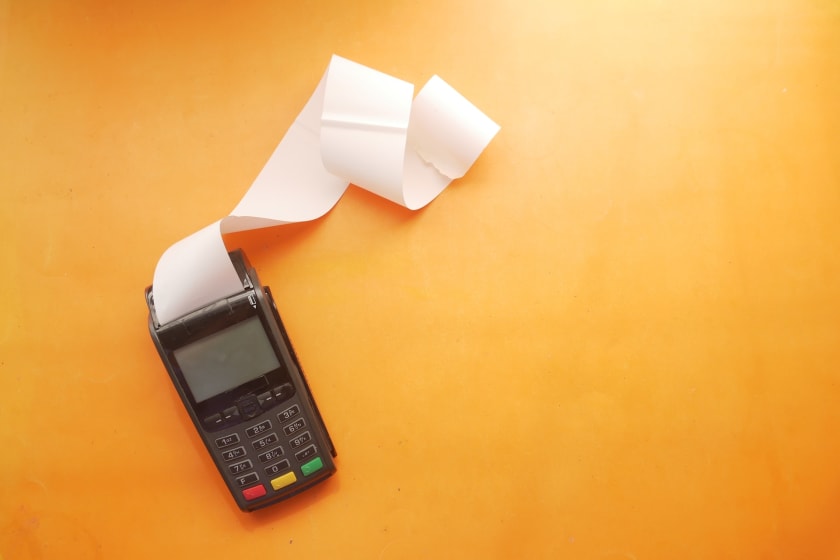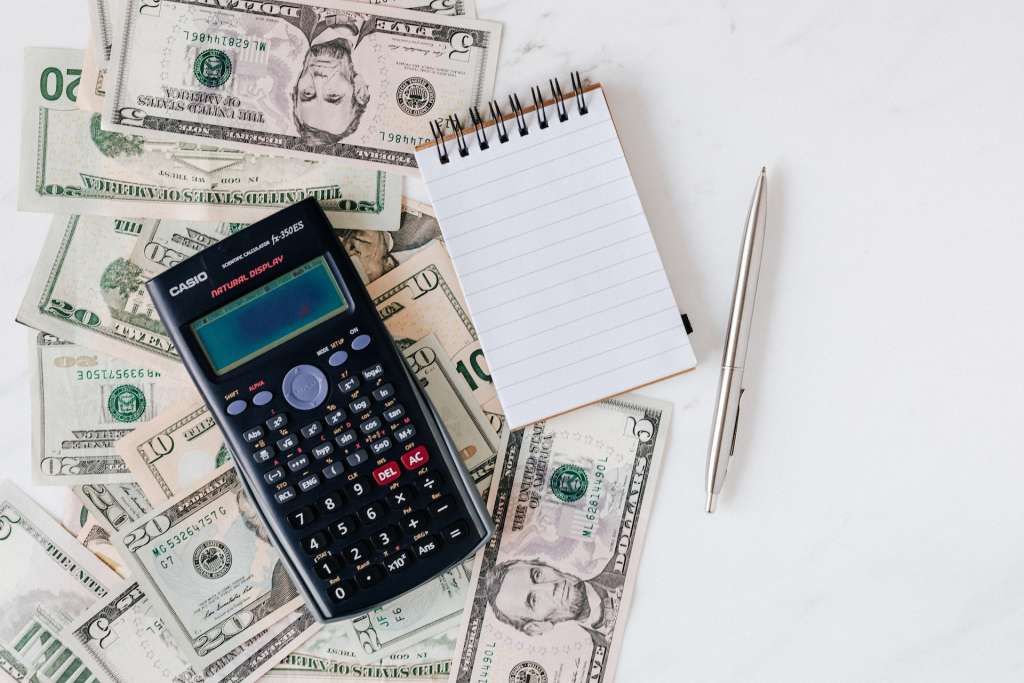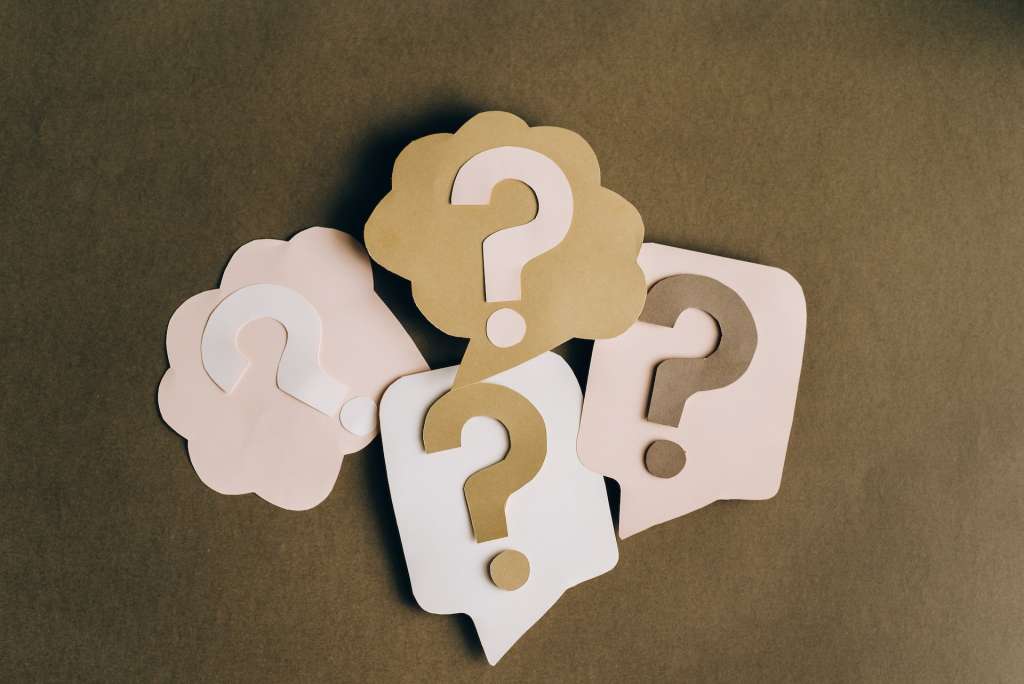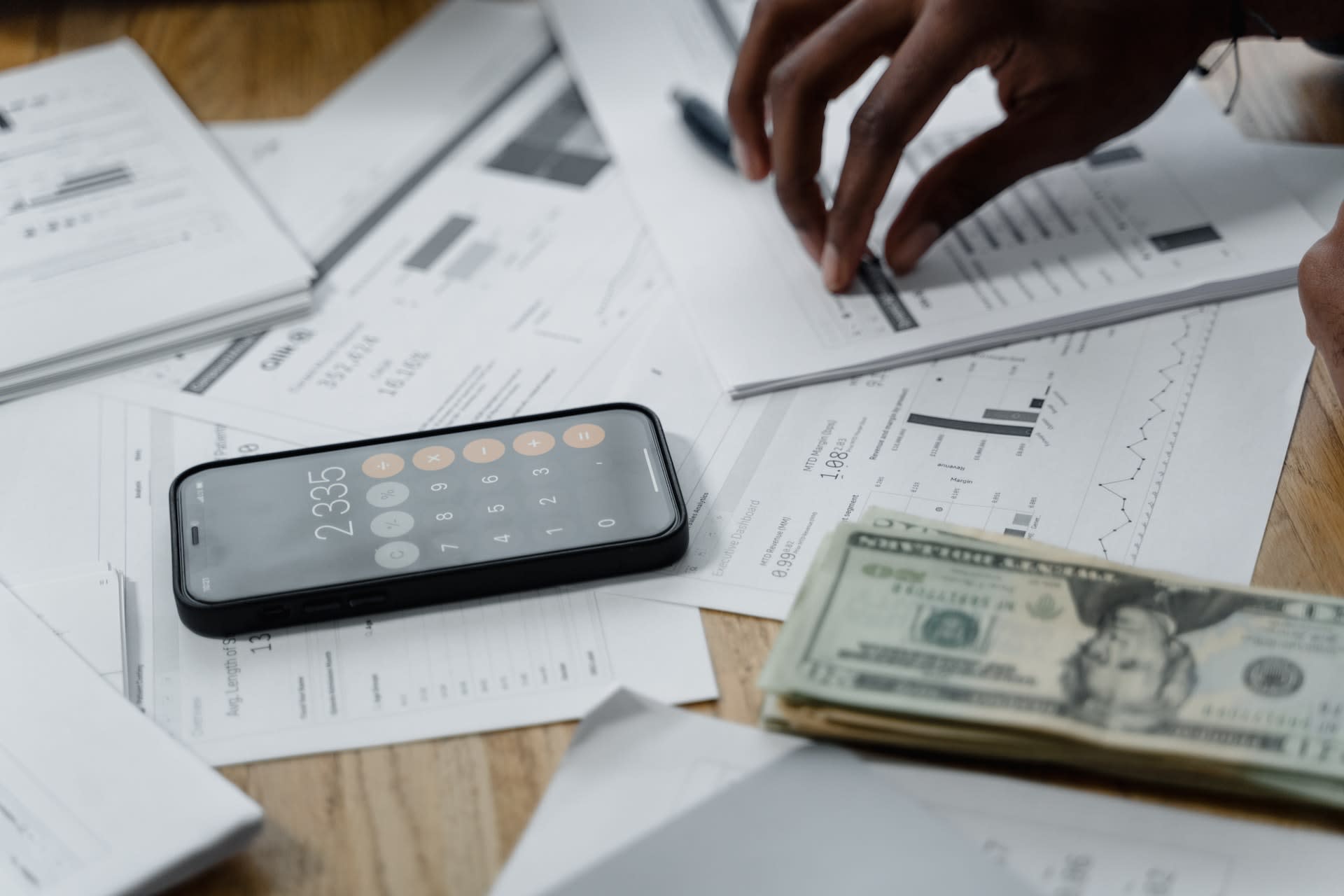How To Make A Bill Of Materials (BOM)?



What is a Bill of Materials (BOM)?
A detailed description of the raw materials, parts, and instructions needed to build, produce, or repair a good or service is known as a bill of materials (BOM). A bill of materials typically takes the shape of a hierarchical structure, with the finished product displayed at the top and various materials and components required while making a product.
Bill of Materials: What You Need to Know

A bill of materials (BOM) in manufacturing is a list of all the components and subassemblies that go into making a product from start to finish so that it may be packaged.
In addition, it includes everything needed to ship the product to the buyer. It stores all the information necessary for manufacturing activities and also the procedures that must be performed on the product before it is finished.
Why are Bills of Material required?

Preparing a detailed bill of materials (BOM) is critical for several reasons, including guaranteeing that necessary components will be on hand and facilitating streamlined assembly.
It is helpful for minimizing wasted time and making precise acquisition order plans. Manufacturing Bills of Materials (BOMs) and Engineering Bills of Materials (BOMs) are the two most common kinds of BOMs.
In addition, inaccuracies in the BOM can lead to costly delays in manufacturing. At the same time, employees hunt down missing components, place new orders, or figure out the best way to put everything together.
Bills of materials (BOMs) can vary in structure and detail, depending on the nature of the project and the organization's requirements. The use of bills of materials (BOMs) is widespread in many industries, including engineering, operations, design, manufacturing, and others.
For example, enterprise resource planning (ERP) and materials requirement planning (MRP) systems cannot be designed without first obtaining a manufacturing BOM (MRP).
Having a bill of materials (BOM) on hand is important for both production and ordering of spares, and it helps keep things running smoothly in the event of product repairs.
The final product's design is laid out in a bill of materials created by engineers. All part numbers and components listed in the drawing notes that could be used as a replacement are included. Every line of the BOM has information about the product, such as its product code, part name, part revision, part number, quantity, description, unit of measure, length, size, weight, and specifications or features.
Engineers frequently use CAD drawings as the foundation for organizing the engineering BOM. There may be more than one engineering BOM made for a finalized product. Managing the entire lifecycle of a product includes this process.
How to make a good bill of materials (BOM)
Since the BOM's primary purpose is to guarantee proper assembly, it's important to provide detailed information on the product in the BOM file.
Here is a high-level checklist of things to include in your BOM record, whether you're making one for the first time or just wanting to refine your process:
- BOM Level: Assign a level to each part or assembly in the BOM to indicate its relative position inside the BOM tree. This makes it easy for anyone familiar with BOM structure to grasp the BOM rapidly.
- Part Number: Assign a unique part number to every component and assembly for easy referencing and identification. The part numbering strategy used by a manufacturer might be either intelligent or non-intelligent. If possible, avoid assigning the same part to several different numbers, regardless of the system you employ.
- Part Name: Adding a part name helps identify each component or assemble them by its name. You'll be able to recognize individual components with this.
- Phase: Document the current phase of development for each component. It is usual practice to use a word like "In Manufacture" to denote the status of a part during production. You can label new components as "Unreleased" or "In Design" if they haven't been given the green light just yet. If you are working on a project for a new product introduction (NPI), this will help you keep track of your progress.
- Description: You and others can tell the difference between multiple pieces if you thoroughly describe each.
- Quantity: Keep track of the number of components that will go into each assembly or subassembly to inform your purchase and production decisions.
- Unit of Measure: Define the measurement system utilized or acquired for a particular component. Each is the most frequent unit of measurement, but other common descriptors include inches, feet, ounces, and drops. Maintain uniformity across all related part types, as this data will be used to ensure adequate supplies are ordered and supplied to the assembly line.
- Form of Purchase: Note the procurement type for each component, such as "off-the-shelf" or "made-to-specification," to facilitate smoother production, planning, and sourcing processes.
- Reference Identifiers: If your product utilizes printed circuit board assemblies (PCBAs), be sure to include reference designators in your BOM to indicate the specific location of each component. Including this data in the BOM will save time and help clear any potential misunderstandings afterwards.
- BOM Notes: Notations on the Bill of Materials (BOM) — Record any additional information that may be useful in ensuring everyone using your BOM is on the same page.
Before generating a bill of materials, there are four crucial questions you must address:
- You've decided to keep a BOM record, but will you include consumables?
Glue, wiring, fasteners, and other non-modelled components like labels and packaging are sometimes included in a BOM record, but many manufacturers later regret doing so. The component may not be included in the final product if not included in the bill of materials (BOM). Make sure you carefully record each of these steps.
- How will you include supporting materials with your BOM?
Keep copies of relevant documents, such as CAD designs and instructions for use, as you compile your BOM. To minimize quality difficulties and manufacturing scrap and rework, it is essential to link these files with their respective components found at the proper level of the BOM.
- Does the BOM record cater to its intended users?
If you want your BOM to be taken seriously, you must include as much information as possible. Even if you never meet the people who will be using your BOM, you must ensure they have access to all the information they might require at any time.
- In what way must the BOM be reconciled?
During the design phase, your BOM record may undergo several revisions. Make sure you can quickly compare the BOM from different versions to see what's changed. The bill of materials should be indented so that it is simple to see the relationship between each part and the whole.
In addition, you must be able to trace back individual engineering change orders that triggered modifications to the bill of materials (ECOs). You may now look back at the timeline of who approved which modifications and when.
Developing a bill of materials is crucial to the commercialization of a product, and it is an essential part of the product development process. Fashinza is a platform that facilitates the production of fashion brands through technology. A sourcing manager is demanding, encompassing everything from trend analysis to vendor management.
Fashinza helps brands lighten their load by managing the entire manufacturing process. The way that companies find and buy goods is being revolutionized by Fashinaza's use of AI and data science. From conceptualization through final delivery, they have got you covered.
Automation of the production process that prioritizes cooperation, effectiveness, and ecological responsibility is possible with Fashinza.com.



















